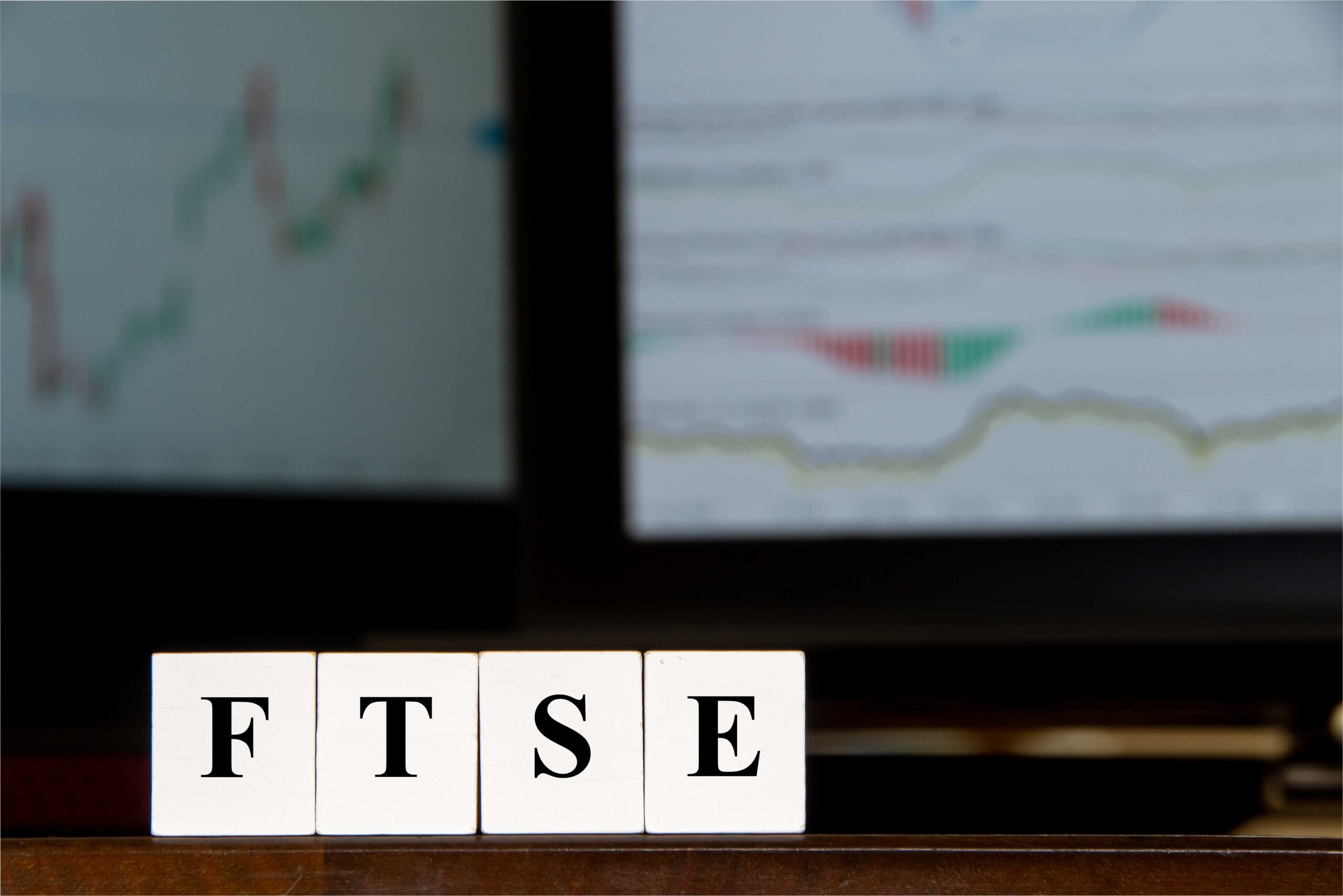
Next year the FTSE100 – an index of the largest companies listed on the UK stock market – will be 40 years old. What can its history reveal about long-term investing?
The FTSE100 companies, often known as ‘blue chips’, include many of Britain’s best-known brands such Marks & Spencer, Barclays Bank and Sainsbury’s. But they sit alongside several large international corporates, for example Chilean mining conglomerate Angtofagasta, or Anglo-Swedish pharmaceutical giant AstraZeneca. Although the index is rebalanced regularly, just over a quarter of the FTSE100’s founding members remain on the list.
Taking the long view
Tracking how this index has evolved over the past 40 years offers some important insights for investors. Any investor who put money into the FTSE100 at outset is sitting on a handsome return on their money. The index is up more than 660% (to the end of September 2023) – giving a compound annual return of 5.2%. This comfortably outperforms inflation (as measured by the retail price index) over the same period.
Of course there have been significant events and corrections during this period – the dotcom peak of 2000 or the global financial crisis in 2008 – when the share prices of these companies plummeted. Such intermittent volatility, however, only underlines why investors need to be able to stay invested for the longer term, riding out these shorter-term price movements.
Since the index launched just three of its companies have gone bust. One lesson investors may take from this is that larger companies can be more stable and less risky than smaller start-ups.
Diversification
However, the performance of the FTSE100 shows stock markets don’t always deliver positive returns, even over longer periods. Prior to the dotcom bubble bursting the FTSE100 peaked at just under 7,000. It took another 16 years to pass the 7,000 barrier. This highlights another key investment lesson: the importance of diversification.
Energy companies, healthcare stocks and banks make up almost 40% of the list. Technology companies – which have delivered some of the strongest returns in recent years – comprise fewer than 1%. What’s more, a significant proportion of the index is concentrated in just a few ‘super stocks’ with Shell’s share (at the end of September) accounting for 9% of the total index.
Investors should be looking to diversify where possible, by geography, by sector and by the size of company. Investing across a range of different stock market indices can help achieve that.
Although the FTSE100 delivered returns of around 1% in the first two decades of this century, this is just a reflection of the share price of its constituent companies. Many of the companies listed also pay healthy dividends to shareholders, which are not reflected in the index ‘price’, but are an important part of total returns, particularly for a mature index like the FTSE100 made up of many long-standing industrial companies.
The value of your investment and the income from it can fall as well as rise and you may not get back the full amount you invested. Past performance is not a reliable indicator of future performance. Investing in shares should be regarded as a long-term investment and should fit in with your overall attitude to risk and financial circumstances.





